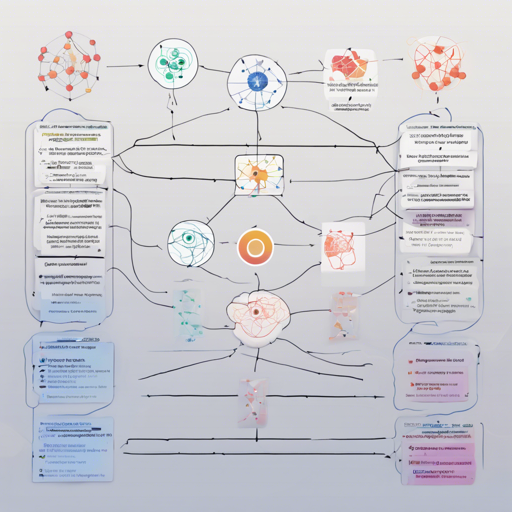If you’ve ever found yourself grappling with the complexities of supervised learning, you might be excited to learn about Dual Contrastive Learning (DualCL). This innovative framework combines conventional contrastive learning techniques with supervised classification tasks, allowing for smarter, more effective data analysis. In this blog, we’ll guide you through the setup process, usage, and address some common troubleshooting challenges.
What is Dual Contrastive Learning?
In a nutshell, Dual Contrastive Learning is a method that boosts supervised text classification by learning features of input samples alongside classifier parameters in the same space. Imagine trying to teach a child two different languages simultaneously. If you provide them with context-specific examples (like a picture of a dog while also saying “dog” in both languages), they’re more likely to grasp the concept faster. Similarly, DualCL uses parameter augmentation and contrastive learning to improve understanding in machine learning tasks.
Setting Up Dual Contrastive Learning
To get started with DualCL, you will need to follow a few simple steps:
Requirements
- Python = 3.7
- torch = 1.11.0
- numpy = 1.17.2
- transformers = 4.19.2
Step 1: Clone the Repository
Begin by cloning the Dual Contrastive Learning repository from GitHub:
bash
git clone https://github.com/hiyouga/Dual-Contrastive-Learning.git
Step 2: Create an Anaconda Environment
This step ensures your working environment is clean and can easily manage dependencies:
bash
conda create -n dualcl python=3.7
conda activate dualcl
pip install -r requirements.txt
Step 3: Run the Model
Now it’s time to get your model running! Use the following command:
bash
python main.py --method dualcl
Troubleshooting Common Issues
While setting up and running DualCL, you might encounter some hiccups. Here are some troubleshooting tips:
- Environment Issues: Ensure all requirements are perfectly aligned with the specified versions.
- Permission Errors: If you run into permission issues while cloning the repository, check your GitHub permissions or try using a different network.
- Script Errors: For any errors during script execution, carefully check the specific error message; it often contains clues about what’s wrong.
- Incomplete Data: Make sure you have the correct datasets required for training; sometimes missing data can lead to confusion.
For more insights, updates, or to collaborate on AI development projects, stay connected with fxis.ai.
Conclusion
In conclusion, Dual Contrastive Learning proposes a novel approach to enhance supervised learning tasks through a unique combination of data augmentation and contrastive learning. It’s a powerful tool that can potentially increase classification accuracy and improve representation learning.
At fxis.ai, we believe that such advancements are crucial for the future of AI, as they enable more comprehensive and effective solutions. Our team is continually exploring new methodologies to push the envelope in artificial intelligence, ensuring that our clients benefit from the latest technological innovations.

